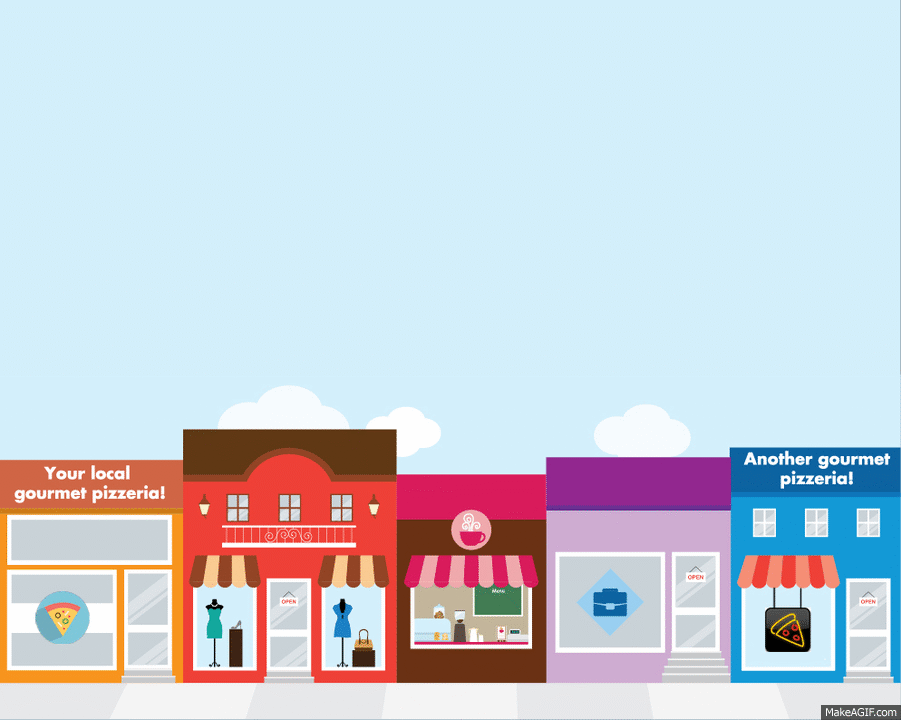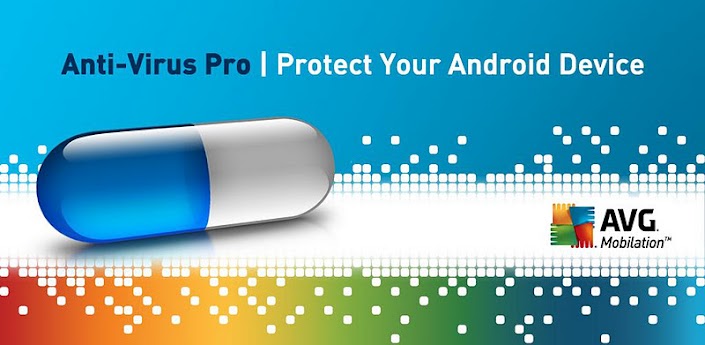
Publishers are frustrated and taking action. Readers with ad blockers are increasing in number. Advertisers are questioning paid ads. The online advertising industry is going bonkers over ad blockers.
Surprisingly, ad blockers have just started to take off in the last couple of months. Personally, I've been using one for a couple of years now. Yes, I am part of that group that chooses which ads I see and which I block. However, recent publishers have been blocking readers with ad blockers. You may have seen a message similar to the ones below:
Telegraph (British News Website)

NARCITY Toronto
 |
| Funny text and emoticon to encourage turning the ad blocker off, but if you notice in the right hand side...they already have a pop up active before the user even had a chance to access the article! |
So, why the recent rise in the use of ad blockers?
My gut feeling tells me two reasons for the recent rise. The growth of mobile and free downloadable apps has shown a HUGE increase in invasive ads. I recall downloading a couple of productivity and exercise apps that were free, and every part of the app had some sort of advertisement. Not only that, but I would have to wait for a while to get from one part of the app to the other due to load time of the ads.
As you have probably experienced, accidentally clicking on the app ads happens all the time with touch devices (maybe it's just my lack of accuracy). This drove me crazy and I eventually uninstalled all the apps that were extremely heavy with their in-app advertisements.
Second reason would be that some advertisers and platforms are just far too invasive or overloaded with ads. Have you ever gone on a "reasons to do so and so to get better so and so" article only to find that its bombarded with ads? Ads are usually found:
- between paragraphs
- in left and/or right columns
- before and after comment section
- pops ups come after a certain level of scrolling
This usually results in long load times (on mobiles devices specifically), data consumption, overloading of information which results in lost attention from reader, and most importantly..some of the ads are far too click-bait oriented or in some cases, not even relevant to the actual topic.
Let's look at an online sports blog, Hypun and one of their recent blog posts overloaded with ads:
Top (just loaded) part of blog post
 |
| Far too many ads at the initial loading screen of the post. |
Middle of page (article content):
 |
| As if the first loaded ads were not enough, another three are loaded while reading body of post. |
Bottom of page (usually comment section):
 |
| Some ads are repeated from the top while others are not even basketball related at all. |
Publishers rely on ads to provide free content
And always have, you don't have to look for to find commonalities. Especially in traditional media that we consume in our daily lives: radio, television, newspapers, magazines, etc. I fully agree with this concept and support free articles and music if they are supplemented with advertising messages.
Now, with that being said both sides (viewer and publisher) have to find a common ground as to what is an acceptable amount of advertising. But what about publishers such as Hypun mentioned above, who don't earn as much money as say Telegraph (newspaper mentioned above as well) and therefore try to run an excessive amount of ads to make money? Well, to be frank with you I am not a 100% sold that displaying a higher volume of irrelevant ads is the way to increase ad revenue. Regardless of publisher size, popularity or topic. Why?
This blog post is the reason why, the huge rise of ad block users is why; people get fed up waiting for ads to load and looking at click-bait articles that eventually leads to getting distracted. Users will either resort to ad blockers or not go back to the website, both of which will result in loss of ad revenue.
 |
| Click on image to view Google Play Music ad. |
On a personal note - I have started using ad blocker on YouTube a long time ago. And I was recently reminded of why I did so. I do not have an ad blocker on my phone. While I was listening to some music on the device during common household chores, I think every-single-song in the YouTube playlist was preceded by the exact same ad: the Google Play Music service. Sorry Google, but I have to voice the concern of the amount of times that ad was aired during the playlist. I believe the words "sunburn synths" will forever be embedded in my brain! Either tone down the volume or have better targeting.
What can publishers do to make things better?

Create better content of course. If you provide unmatched value that will result in valued users, then there won't virtually be any issues when it comes to ads. The use of "virtually" there is also dependent on the type of, and volume of ads. Obviously ads are needed to make things run as they do - but overloading the page with irrelevant messages and making it difficult to actually read what the article is about will deter users. Carefully reviewing proposed ads and advertisers can also eliminate any irrelevancy issues or click-bait material.
Secondly, if the advertising model isn't able to meet publisher's revenue goals perhaps they should consider having a subscription based service. Whereas interested users can pay to access ad-free, well created content while the free articles or previews are only limited overviews of a topic. Ads aren't the only way to attain revenue, and instead of increasing ad volume to meet those goals perhaps other means of revenue generation should be considered.
What can advertisers do to make things better?

Create better ads. Do not fall into the click-bait trap of creating over-the-top article headlines, poor blog posts or offers. If you genuinely put effort into your ads, they will yield better results compared to trying to find the quickest shortcut to making a quick buck.
Secondly, and just as important is where you place your ads. Targeting not only helps generate better results and return on your investment, but it simultaneously helps eliminate the problem of seeing an ad that is completely irrelevant to that publisher's content.
What can users do to make things better?

Understand that the advertising model allows everyone access to free and unlimited content on the web (and some of that content is very, very good). While one website may abuse their advertising placement does not mean that every digital space will do so. I willingly turn off my ad blocker on certain websites, as a matter of fact I actually clicked on some of the ads that drew my interest. There is nothing wrong with ads when they are done right.
Another option is if you truly are bothered by ads; don't visit the website or look for a subscription-based model that is ad-free. Both you as the user and the publisher/advertiser would be better off. We as consumers of all this information have the ability to channel our attention to the right areas, much like our hard earned dollars are channeled to the brands that we trust. Attention is the digital currency.


 While this sounds fairly simple, not every influencer will want to work with every brand. And your brand has to have worth-while content that the influencer would consider using under their own influence. Lots of examples of this can be found on Instagram as it seems to be a great place for influencer marketing. Particularly in the fashion or fitness industry where profiles (or people) with a lot of followers use company products in their photos and increase the reach of the brand in question to the thousands, if not millions, of followers.
While this sounds fairly simple, not every influencer will want to work with every brand. And your brand has to have worth-while content that the influencer would consider using under their own influence. Lots of examples of this can be found on Instagram as it seems to be a great place for influencer marketing. Particularly in the fashion or fitness industry where profiles (or people) with a lot of followers use company products in their photos and increase the reach of the brand in question to the thousands, if not millions, of followers.









 Kitchener-Waterloo has become somewhat of a high tech
Kitchener-Waterloo has become somewhat of a high tech 






















